The Artist
Extraits

BD tout public
The Artist. Le cycle éternel
10/2018
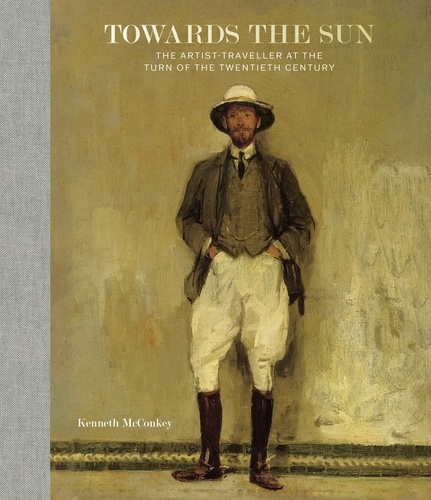
Monographies
Towards the Sun. The Artist - Traveller at the Turn of the Twentieth Century
11/2021
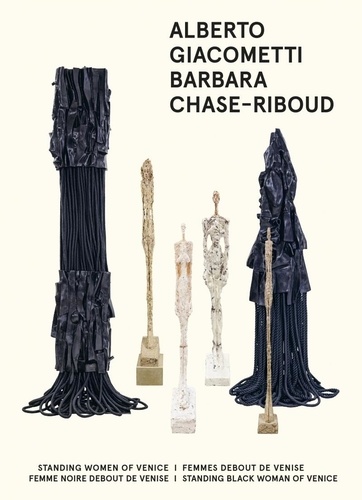
Sculpteurs
Standing women of Venice/Femmes debout de Venise ; Standing black woman of Venice/Femme noire debout de Venise. Edition bilingue français-anglais
11/2021

Mouvements artistiques
The Artist Helen Coombe (1864–1937). The Tragedy of Roger Fry's Wife
11/2023
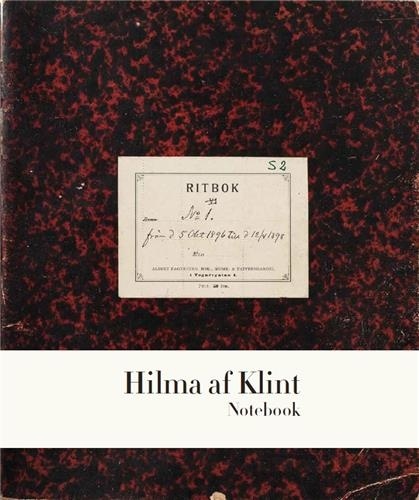
Monographies
Hilma af Klint. The Five Notebook 1
01/2022
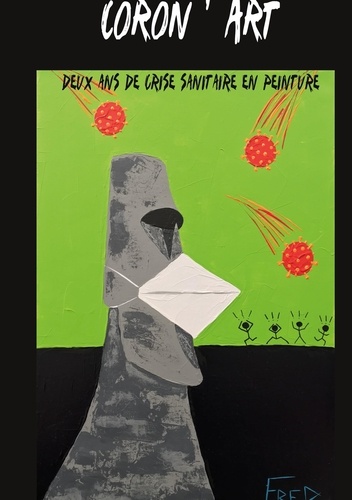
Thèmes picturaux
Coron' Art. Deux ans de crise sanitaire en peinture
11/2022
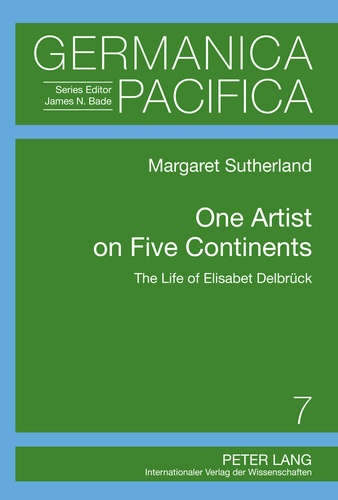
Histoire internationale
One Artist on Five Continents
12/2011

Ecrits sur l'art
Seeing loud. Basquiat and music
08/2023

Lecture 6-9 ans
L'énigme du sabre. Edition bilingue français-anglais
06/2018
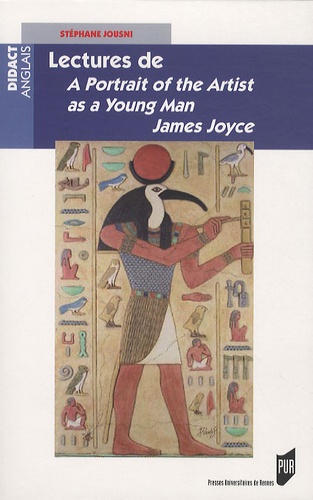
Anglais apprentissage
Lectures de A portrait of the Artist as a Young Man James Joyce
01/2010

Poésie
Footsteps
04/2022
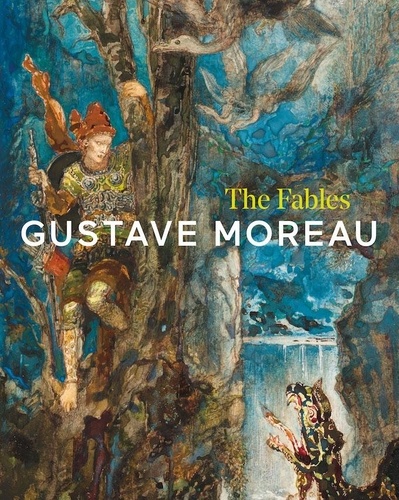
Monographies
Gustave Moreau. The Fables
08/2021
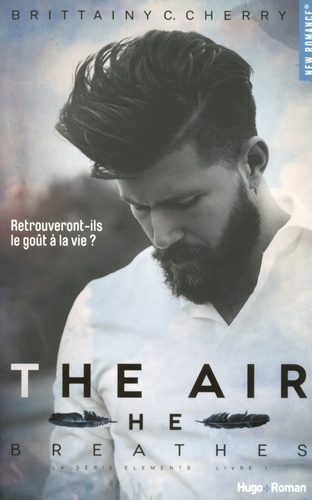
Littérature érotique et sentim
The elements Tome 1 : The air he breathes
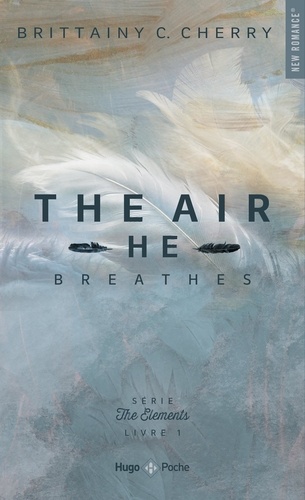
Roman d'amour, roman sentiment
The Elements Tome 1 : The air he breathes
03/2024
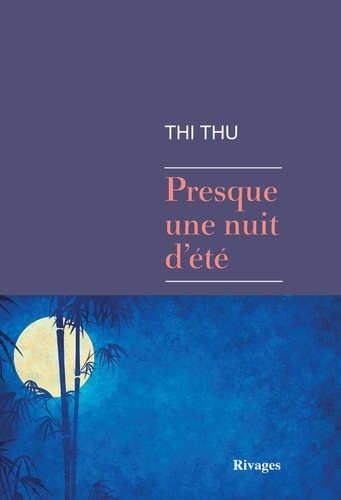
Littérature française
Presque une nuit d'été
08/2018

Sciences politiques
The Structure of Political Communication in the United Kingdom, the United States and the Federal Republic of Germany
11/1987
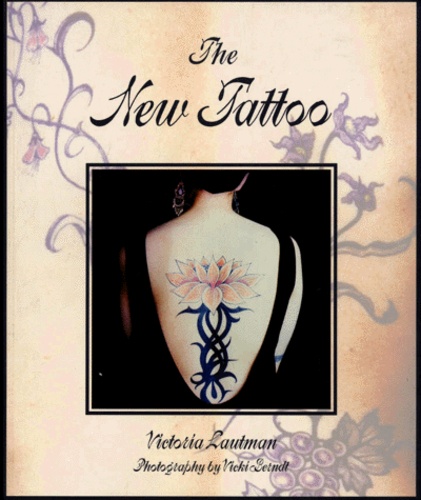
Décoration
The New Tattoo
01/1994
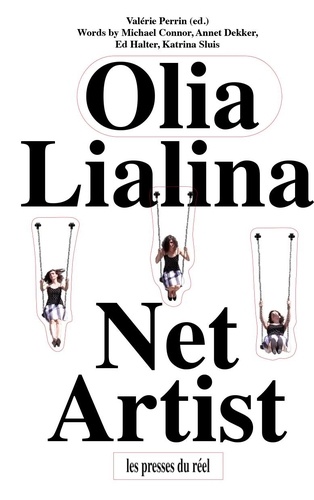
Monographies
Olia Lialina - Net Artist
10/2020
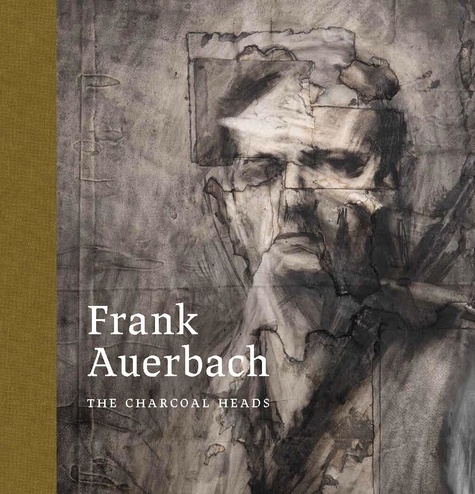
Mouvements artistiques
Frank Auerbach. The Charcoal Heads
03/2024

Décoration
Living in Mexico. Edition français-anglais-allemand
09/2021
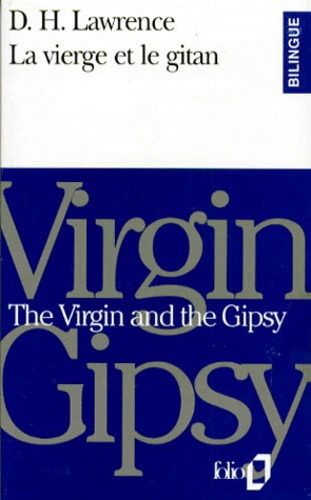
Anglais apprentissage
LA VIERGE ET LE GITAN : THE VIRGIN AND THE GIPSY
02/1993

Histoire et Philosophiesophie
The Undergrowth of Science. Delusion, self-deception and human frailty
01/2000
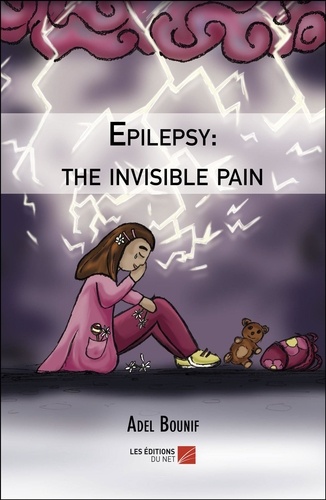
Poésie
Epilepsy: the invisible pain
01/2019
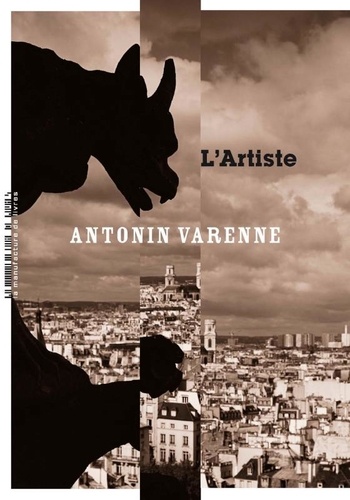
Policiers
L'artiste
09/2019

Couple, famille
Bordeaux-artiste
07/2020
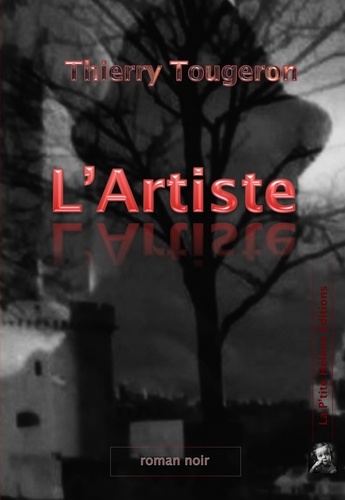
Policiers
L'artiste
07/2017

Milan
L'artiste
03/2024

Monographies
Luigi Pericle : A Rediscovery
10/2022
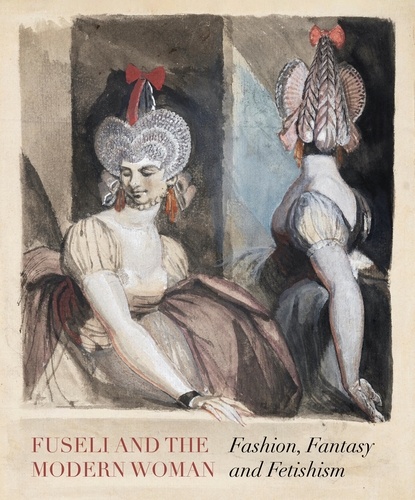
Monographies
Fuseli and the Modern Woman. Fashion, Fantasy, Fetishism
12/2022
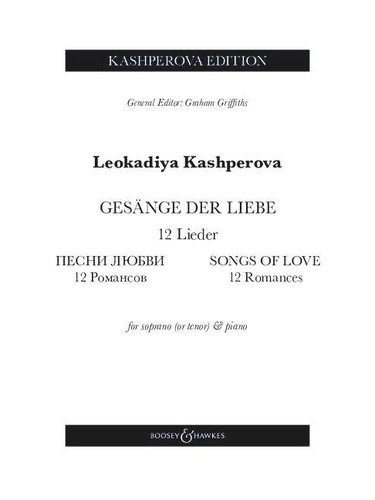
Musique classique
Songs of Love. 12 Romances. 12 Lieder. Soprano (tenor) and piano.
12/2023

